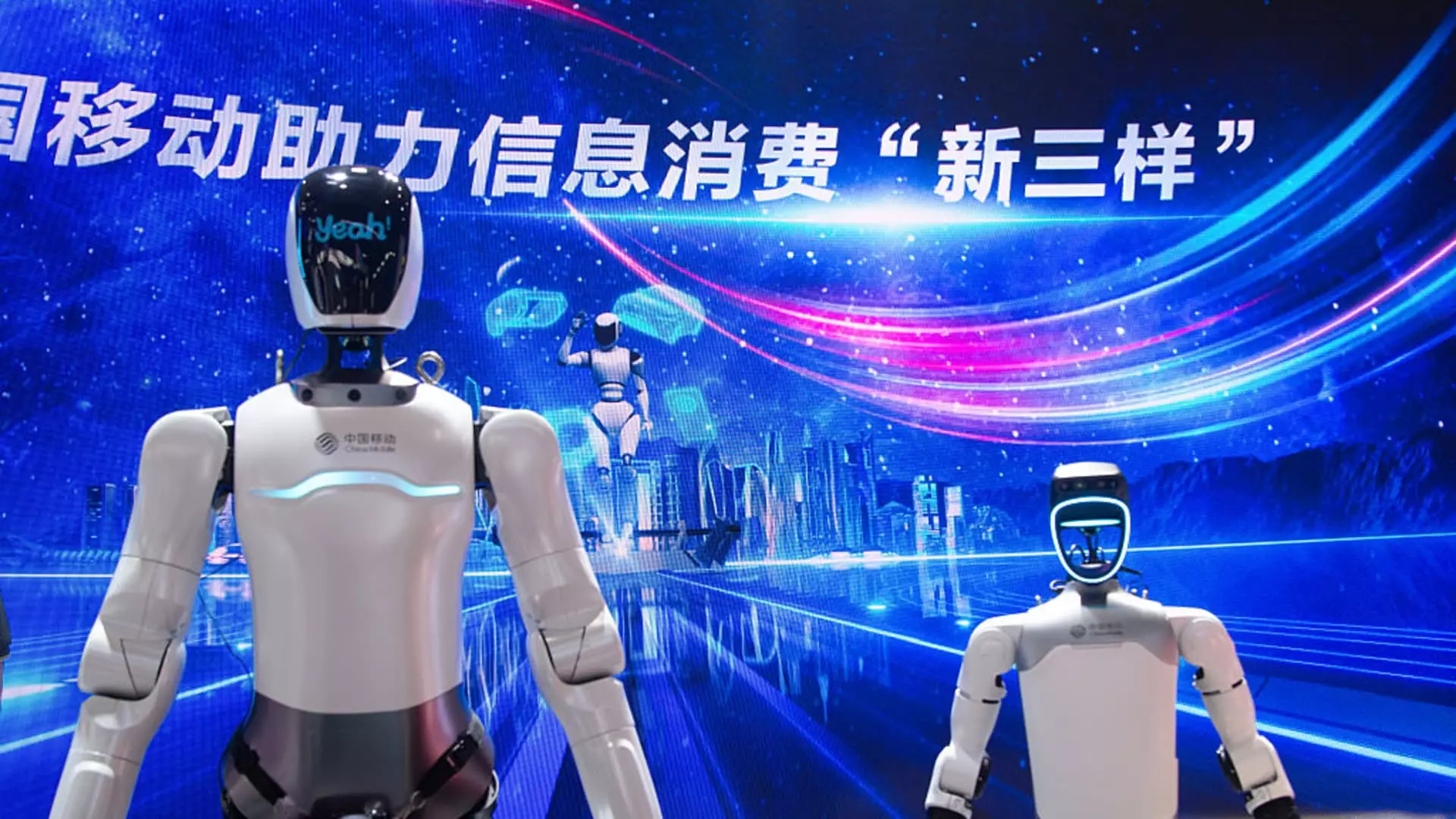The automotive industry is on the cusp of a monumental transformation, one that intertwines with the burgeoning evolution of humanoid robots. Analysts at Morgan Stanley have recently projected that this innovative category could swell into an $800 billion market in China by 2050, with global estimates reaching a staggering $5 trillion. While the figures are promising, they come with both excitement and the sobering awareness of the complexities involved. This intersection of robotics and automotive supply chains indicates a potential avenues for growth, yet the implications are equally fraught with uncertainty.
The Automotive Supply Chain: A New Reality
Auto parts suppliers stand at a strategic crossroads unlike any seen before. The optimistic predictions by Morgan Stanley hinge on the belief that the ascent of humanoid robots will serve as a third significant wave of growth. This shift is reminiscent of how auto parts suppliers previously adapted to the dawn of electric and smart cars. However, one must question if this trajectory is entirely sustainable or just another trend that could fizzle out.
The heart of the issue rests in the current landscape of automotive manufacturing and the skills required for transitioning toward humanoid production. While companies like Tesla and Xpeng are leading the charge in robotics development, it raises a critical point: Can traditional auto suppliers pivot swiftly enough to seize these new opportunities? The shift from merely providing parts for vehicles to integrating robotics entails a steep learning curve, not only in technology but also in business strategy.
The Promised Financial Windfall: Real or Illusory?
Morgan Stanley’s forecast suggests that auto parts manufacturers could capture between 47% and 60% of the materials and components needed for humanoid robots. With the figure translating to roughly $15,000 per unit, the financial incentives appear compelling. Nevertheless, this optimistic outlook must be navigated with caution. The reality is that not all manufacturers possess the agility to adapt, nor do they have the technical expertise required to delve into the complexities of humanoid robotics.
Moreover, an over-reliance on this burgeoning sector could lead to vulnerability. Historical trends suggest that technological shifts can often spring unexpected disruptions. For instance, the anticipated growth of electric vehicles introduced waves of competition and obsolescence for those unable to keep pace. Manufacturers must tread carefully to mitigate risks that accompany their leaps into the humanoid realm.
The Role of Actuators and Components in the Transition
At the forefront of this transition are components like actuators, essential for enabling mechanical movement in both cars and humanoids. Companies like Sanhua and Tuopu are being eyed favorably due to their potential for substantial profitability in this emerging market. Tuopu’s actuators, which serve as joints for humanoids, stand to redefine the production landscape, accounting for nearly half the costs associated with these machines.
However, placing too much faith in the potential of these products poses its challenges. The technology remains in its infancy, accentuating the risk-reward equation for manufacturers. A significant fluctuation in demand or technological requirements could severely impact revenue projections, leading to a cycle of instability rather than growth.
The National Landscape: Geopolitical Risks and Market Dynamics
As exciting as these predictions are, they come amidst complex geopolitical dynamics. The tension between the U.S. and China looms large, acting as both a catalyst and a barrier for companies eager to capitalize on the humanoid market. The need for local supply chains may force many manufacturers into pursuing more expensive alternatives, impacting profitability and recovery timelines.
Sanhua’s decision to establish a plant in Thailand illustrates efforts to mitigate geopolitical risks. Yet, the complexities add layers of uncertainty that can deter large-scale investments. As the industry evolves, companies must remain adaptable, not only in technology but also in navigating the murky waters of international relations.
The growth prospects for auto suppliers in the humanoid robot category are tantalizing but fraught with risks. As manufacturers evaluate their readiness to pivot into this new arena, they must exercise caution and strategic foresight. The expectations set by analysts may drive interest and investment, but the genuine transformation will depend on each supplier’s ability to innovate and respond to an ever-changing market landscape. The future of automotive parts is not just about embracing technology, but also about exercising prudence amidst rising competition and uncertainty.

